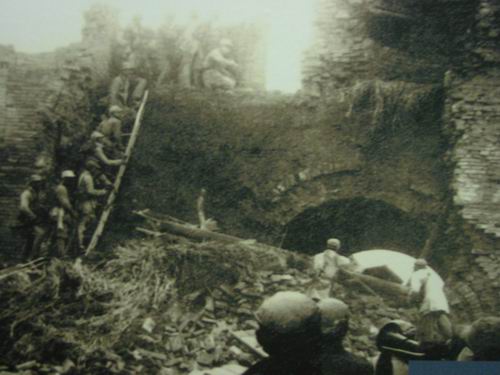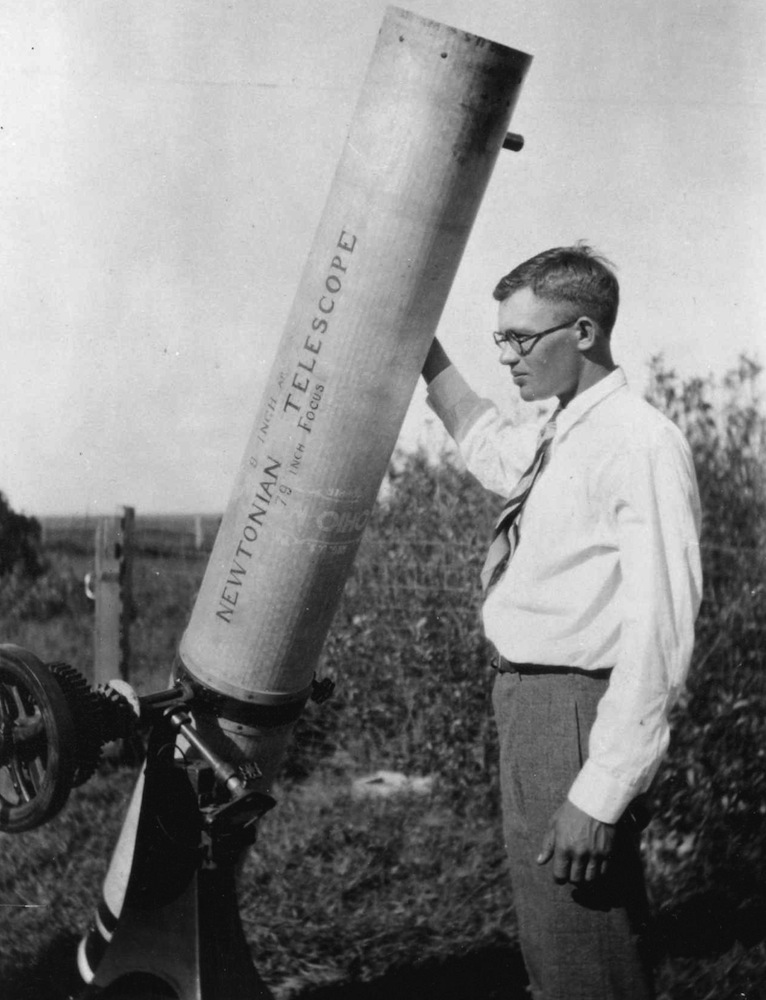|
Longzhou Uprising
The Longzhou Uprising was an armed Chinese Communist Party uprising during the early years of the Chinese Civil War that took place in Longzhou County, Guangxi. Following on the heels of the Baise Uprising that had created the You River (Guangxi), You River Soviet to its north, the uprising began on 2 February 1930, and established the Zuo River Soviet in eight counties of southwest Guangxi. It was led by the Guangxi Front Committee of the Chinese Communist Party (CCP), including Li Mingrui and Deng Xiaoping. Its military forces were organized into the Eighth Chinese Red Army, Red Army under Yu Zuoyu (俞作豫). The uprising was suppressed within only a few months by the Nationalist Army with help from French bombers operating out of French Indochina. The survivors joined the You River Soviet. Events The Longzhou Uprising began on 1 February 1930. Like the Baise Uprising, it was quickly successful, perhaps with the assistance of Vietnamese Communists operating just across the ... [...More Info...] [...Related Items...] OR: [Wikipedia] [Google] [Baidu] |
Chinese Civil War
The Chinese Civil War was fought between the Kuomintang-led Nationalist government, government of the Republic of China (1912–1949), Republic of China and the forces of the Chinese Communist Party (CCP). Armed conflict continued intermittently from 1 August 1927 until Communist victory resulted in their total control over mainland China on 7 December 1949. The war is generally divided into two phases with an interlude: from August 1927 to 1937, the First United Front alliance of the KMT and CCP collapsed during the Northern Expedition, and the Nationalists controlled most of China. From 1937 to 1945, hostilities were mostly put on hold as the Second United Front fought the Second Sino-Japanese War, Japanese invasion of China with eventual help from the Allies of World War II. However, armed clashes between the groups remained common. Exacerbating the divisions within China further was the formation of the Wang Jingwei regime, a Japan-sponsored puppet government led by Wang ... [...More Info...] [...Related Items...] OR: [Wikipedia] [Google] [Baidu] |
February 1930
The following events occurred in February 1930: Saturday, February 1, 1930 *The Soviet Union continued its crackdown on kulaks as it issued a decree forbidding kulak households to sell their property and leave their district before authorities got around to expropriating their assets. *A bomb was found at the British Museum, and was attributed to Indian nationalists. *Born: Hussain Muhammad Ershad, President of Bangladesh from 1983 to 1990; in Dinhata, British India (d. 2019) Sunday, February 2, 1930 *William Howard Taft resigned as Chief Justice of the United States due to failing health. *A controversial plaque was unveiled in Sarajevo honoring Gavrilo Princip, the assassin of Archduke Franz Ferdinand of Austria. The plaque was located at the site of the assassination and bore an inscription saying that Princip had initiated liberty there on June 28, 1914. The Yugoslav government disavowed any connection to the plaque and said it was a private memorial. Monday, Febr ... [...More Info...] [...Related Items...] OR: [Wikipedia] [Google] [Baidu] |
Military History Of Guangxi
A military, also known collectively as armed forces, is a heavily armed, highly organized force primarily intended for warfare. Militaries are typically authorized and maintained by a sovereign state, with their members identifiable by a distinct military uniform. They may consist of one or more military branches such as an army, navy, air force, space force, marines, or coast guard. The main task of a military is usually defined as defence of their state and its interests against external armed threats. In broad usage, the terms "armed forces" and "military" are often synonymous, although in technical usage a distinction is sometimes made in which a country's armed forces may include other paramilitary forces such as armed police. Beyond warfare, the military may be employed in additional sanctioned and non-sanctioned functions within the state, including internal security threats, crowd control, promotion of political agendas, emergency services and reconstruction, prot ... [...More Info...] [...Related Items...] OR: [Wikipedia] [Google] [Baidu] |
1930 In China
Events from the year 1930 in China. Incumbents *Chairman of the Nationalist government: Chiang Kai-shek *Premier: **until September 22: Tan Yankai **September 25 – December 4: T.V. Soong ** starting December 4: Chiang Kai-shek * Vice Premier: Feng Yuxiang until October 11, T.V. Soong Events *January 29 – March 24 — Encirclement Campaign against Hunan–Jiangxi Soviet *March 2 — The League of the Left-Wing Writers was established in Shanghai, at the instigation of the Chinese Communist Party and the influence of the celebrated author Lu Xun. *May – November 4 — Central Plains War *May 6 — China signed tariff treaties with Japan. The Republic of China government obtained itself right of tariff autonomy. Some Japanese goods do not need to pay tariffs. *October 27 – December 1 — Musha Incident in Taiwan. *December — Futian incident Births January *January 1 — Sihung Lung, Taiwanese actor of Manchu descent (d. 2002) *January 19 — Li Daozeng, arch ... [...More Info...] [...Related Items...] OR: [Wikipedia] [Google] [Baidu] |
Conflicts In 1930
Conflict may refer to: Social sciences * Conflict (process), the general pattern of groups dealing with disparate ideas * Conflict continuum from cooperation (low intensity), to contest, to higher intensity (violence and war) * Conflict of interest, involvement in multiple interests which could possibly corrupt the motivation or decision-making * Cultural conflict, a type of conflict that occurs when different cultural values and beliefs clash * Ethnic conflict, a conflict between two or more contending ethnic groups * Group conflict, conflict between groups * Intragroup conflict, conflict within groups * Organizational conflict, discord caused by opposition of needs, values, and interests between people working together * Role conflict, incompatible demands placed upon a person such that compliance with both would be difficult * Social conflict, the struggle for agency or power in something * Work–family conflict, incompatible demands between the work and family roles of ... [...More Info...] [...Related Items...] OR: [Wikipedia] [Google] [Baidu] |
Military Operations Of The Chinese Civil War (1927–1937)
A military, also known collectively as armed forces, is a heavily armed, highly organized force primarily intended for warfare. Militaries are typically authorized and maintained by a sovereign state, with their members identifiable by a distinct military uniform. They may consist of one or more military branches such as an army, navy, air force, space force, marines, or coast guard. The main task of a military is usually defined as defence of their state and its interests against external armed threats. In broad usage, the terms "armed forces" and "military" are often synonymous, although in technical usage a distinction is sometimes made in which a country's armed forces may include other paramilitary forces such as armed police. Beyond warfare, the military may be employed in additional sanctioned and non-sanctioned functions within the state, including internal security threats, crowd control, promotion of political agendas, emergency services and reconstruction, prot ... [...More Info...] [...Related Items...] OR: [Wikipedia] [Google] [Baidu] |


